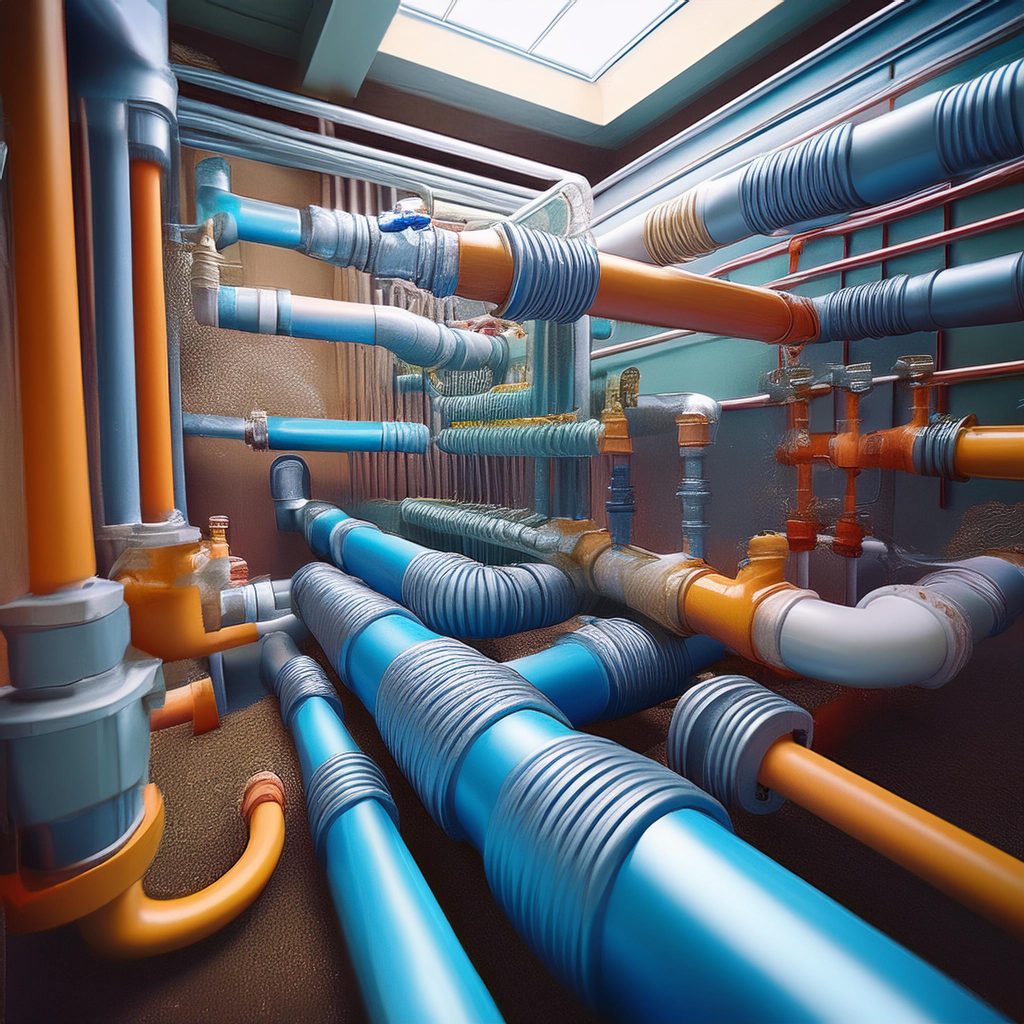
Homeowners frequently fail to recognize how critical hot water pipe insulation is for energy efficiency. Properly insulating hot water pipes can result in substantial energy savings and a markedly improved comfort level in the home. Here are the advantages of hot water pipe insulation and a breakdown of how to do it right, in case you’re curious.
Benefits of Insulating Hot Water Pipes
1. Energy Efficiency: When you insulate the hot water pipes, you practically eliminate heat loss. The water holds its temperature longer. And that means the water heater doesn’t have to work nearly as hard (or as long) to keep the water hot, which translates to way fewer kilowatt-hours consumed.
2. Contentment: Pipes that are insulated guarantee that hot water meets the faucets in a timely manner, cutting down on the time you have to wait for hot water to come out of the faucet and making it so that you are happy and content in your own home.
3. Protecting Plumbing from Freezing: Insulation safeguards plumbing in unheated parts of the building from freezing during the winter. The Costly Consequences of Frozen Pipes Plumbing in unheated areas has no protection against the kind of freezing that could cause pipes to rupture.
4. Condensation Prevention: Correct insulation prevents the gathering of moisture on the outer surfaces of piping, which has the potential to support mold growth.

How to Insulate Hot Water Pipes
1. Buy Insulation: Get pre-formed pipe insulation from a nearby hardware store, and make sure it accommodates the pipe size.
2. Measure and Cut: With a sharp knife, make a cut on one side of the insulation and then slip it over the pipe. You want the insulation to fit snugly, so measure the length of the pipe before cutting the insulation to size.
3. Insulation Must Be Installed: The insulation must be fitted securely around the piping. If the insulating material needs to be bent in order to fit around corners and joints, then it should be bent; do not force it into place if it does not fit well.
4. Seal Joints: Use duct tape to seal any joints or seams. Compartment vents should not be taped.
5. Use Caution: Be aware of where any leaks might happen and handle the pipes with care when installing them.
Homeowners can reduce energy costs, have the assurance of comfort with the knowledge that their water will be at a consistent temperature, and be protected against the threat of their pipes freezing—all because they took an afternoon to insulate their hot water pipes.
In this list, we see three elements (reduced energy costs, comfortable water temperatures, and protection against freezing pipes) linked by the coordinating conjunction “and.” And what this list of three elements told me to expect is that insulating hot water pipes offers us multiple benefits.




